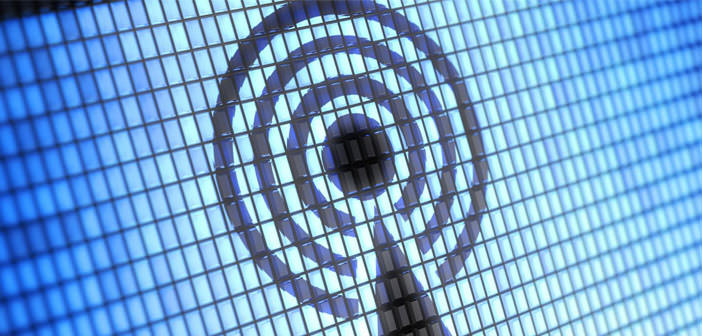Wi-Fi Halow will be the standard used for the Internet of things, designed for the energy requirements of the most disabling objects that soon will fill our homes.
The new version of the Wi-Fi protocol that probably will be used extensively in the field of home automation will be called Wi-Fi Halow. It will be the standard by which you connect the so-called Internet of the things, and is thought to be the least possible cost in the energy and long distances. The name of the new protocol was unveiled Monday by the Wi-Fi Alliance in advance at CES 2016.
Wi-Fi Halow is based on the IEEE 802.11ah and could be used in the coming years not only in home automation, but in all those objects that require a basic connection and is especially possible fuel efficient. We will find the certification in homes and smart cities, but also in automobiles or wearable devices in the future in which thousands of battery-powered sensors can be connected to a single access point.
Consists of about 700 well-known names in the technological, the Wi-Fi Alliance expects to launch the certification process for the first Wi-Fi products Halow in 2018, although it will be possible to see on the market devices compatible with the new standard before.
Wi-Fi Halow operates in the spectrum of the waves in the GHz wireless feature that allows the same waves to penetrate more freely in obstacles and walls.
It is expected that the range of action of objects connected with the new standard is about double the current Wi-Fi technologies, with estimates may be too optimistic that even speak of up to one kilometer away from the access point. There will the trade-offs, since the maximum throughput of the connections 802.11ah will be well below the gigabit per second obtainable through the most modern technology 802.11ac.
You can obtain benefits by increasing the number of antennas installed on the access point, but is not expected miracles to that effect. The first objects compatible Wi-Fi Halow will be certified at a maximum speed of 18 Mbps and we can begin with a minimum of 150 Kbps for objects more limited in terms of the battery using a channel 1 MHz. To get the maximum speed 18 Mbps, it must use a channel to 4 MHz.
With Wi-Fi Halow, you can reach speeds of up to 78Mbps using a 16MHz channel, but initially Wi-Fi Alliance does not certify items with this feature. The reason is simple: for the uses for Imagine hypothetical products compatible Wi-Fi Halow will be more important to the range of action and not just the maximum throughput.
The next access point probably will support three bands: the current 2.4 and 5 GHz, along with the new 900 MHz compatible with standard Wi-Fi Halow. The new specifications, explain the representatives of the Wi-Fi Alliance, will be remarkably similar to the protocols Wi-Fi released today and include interoperability between devices from different companies, a high level of safety and maximum ease of configuration.

